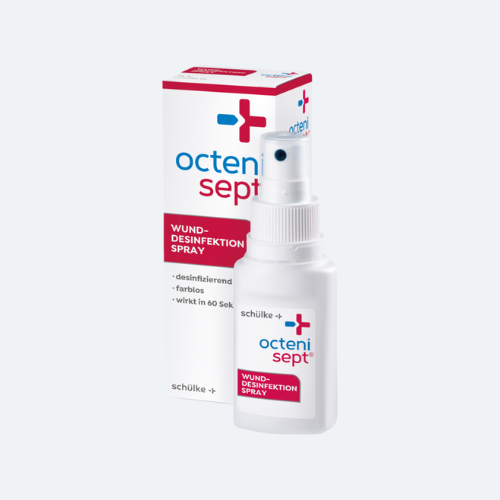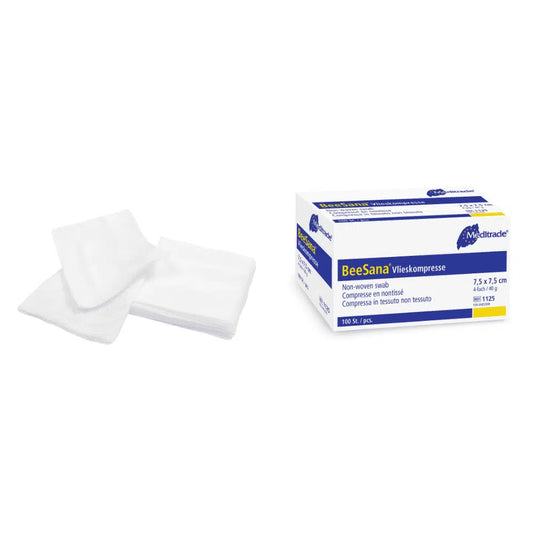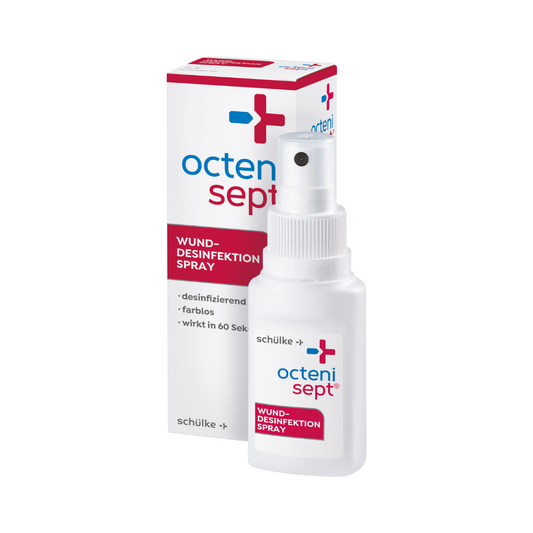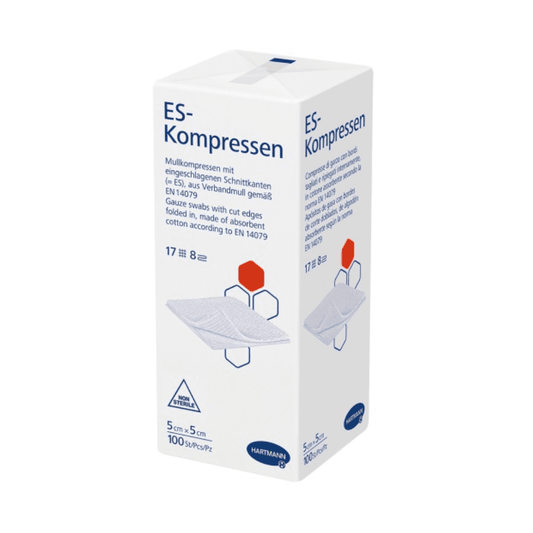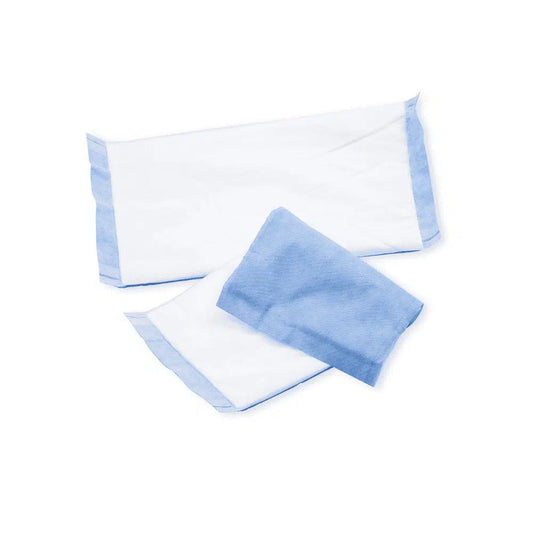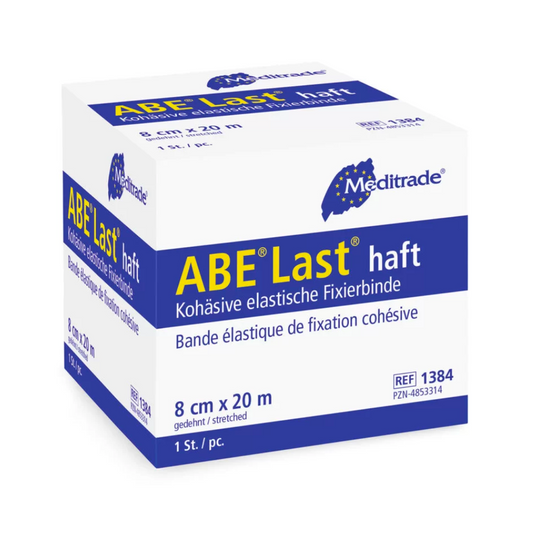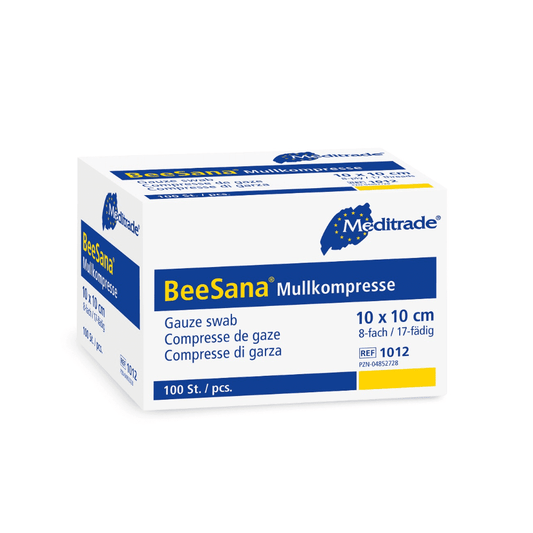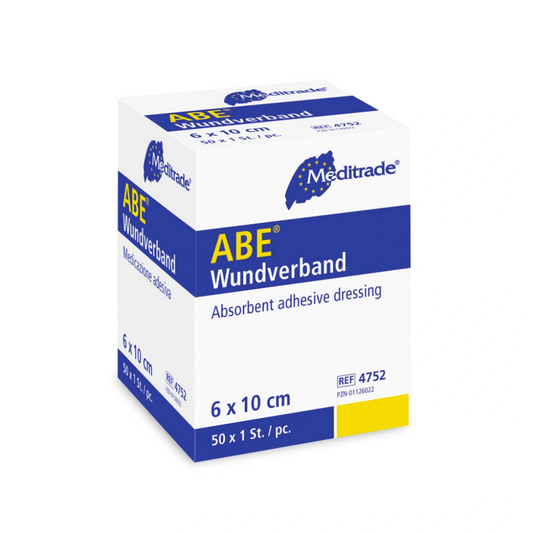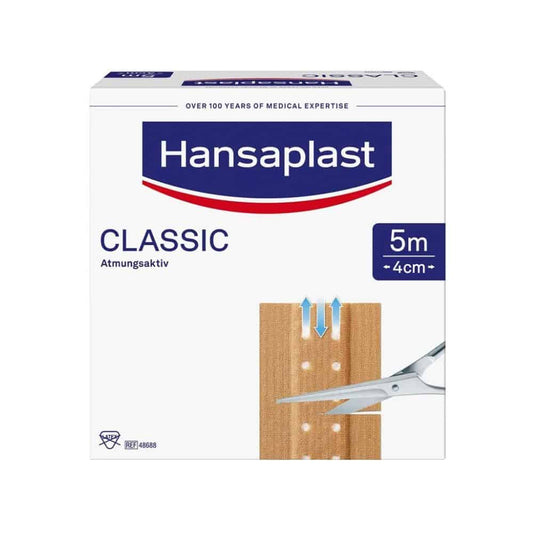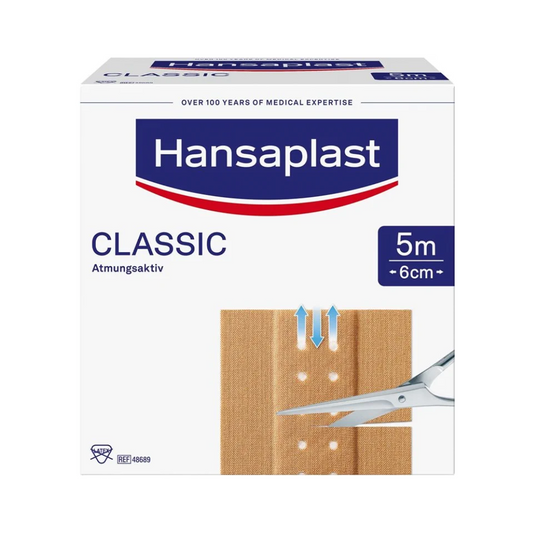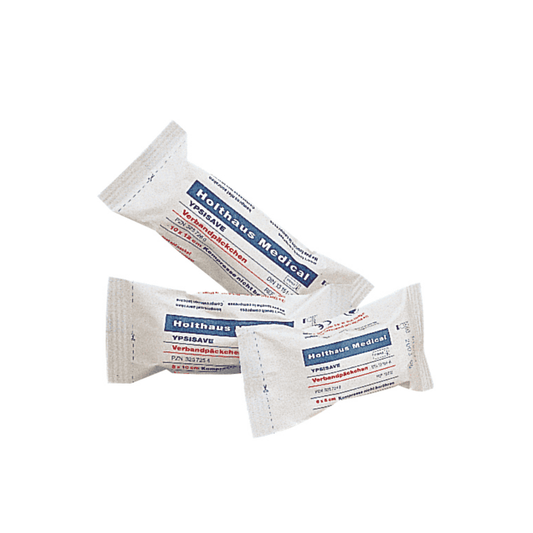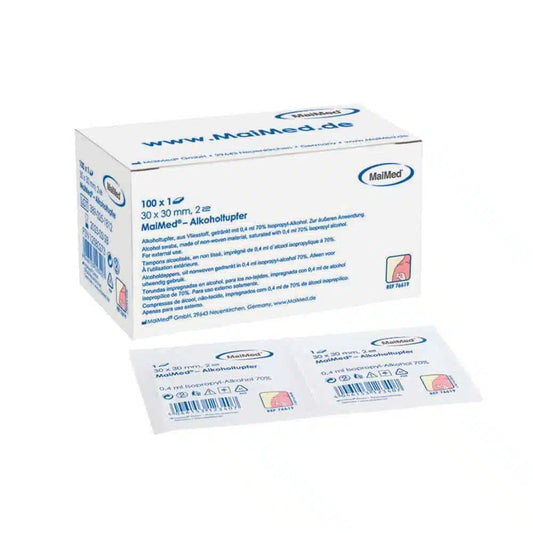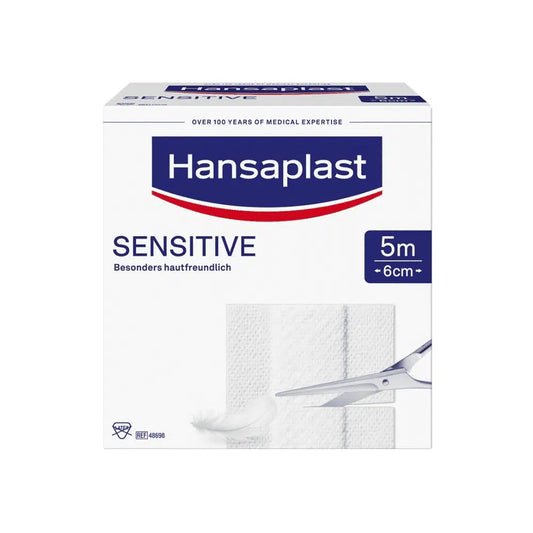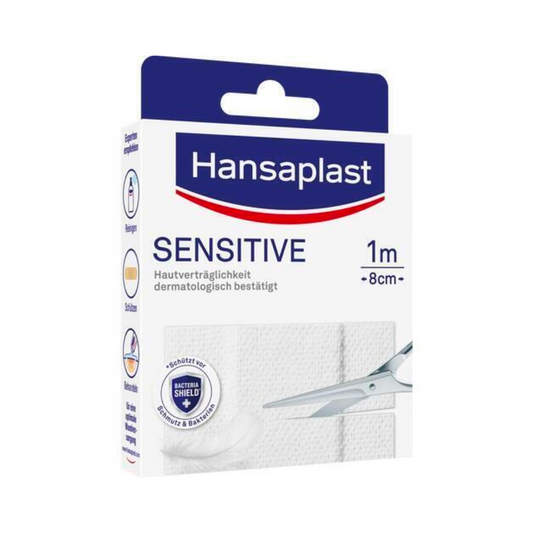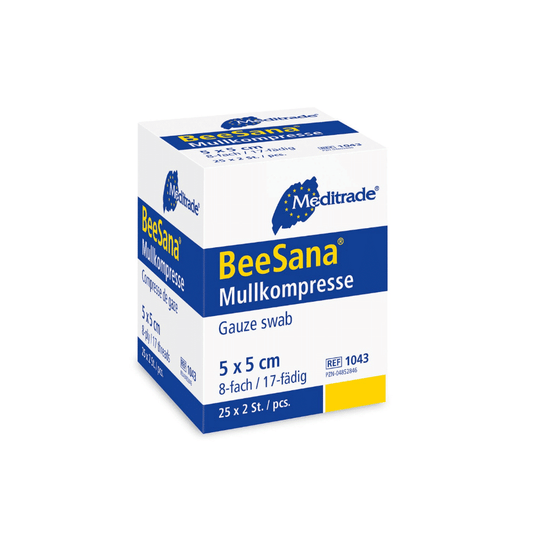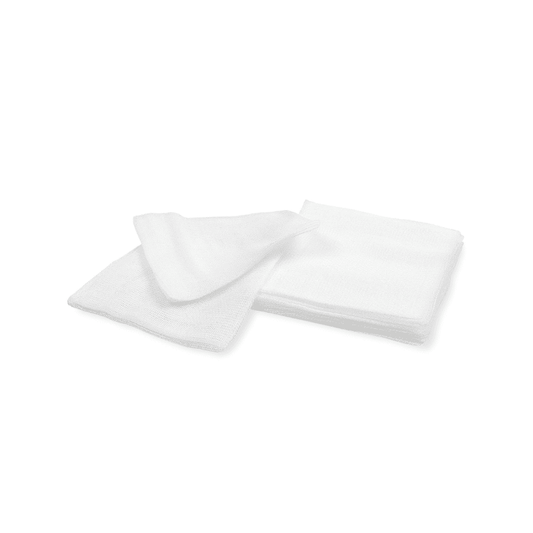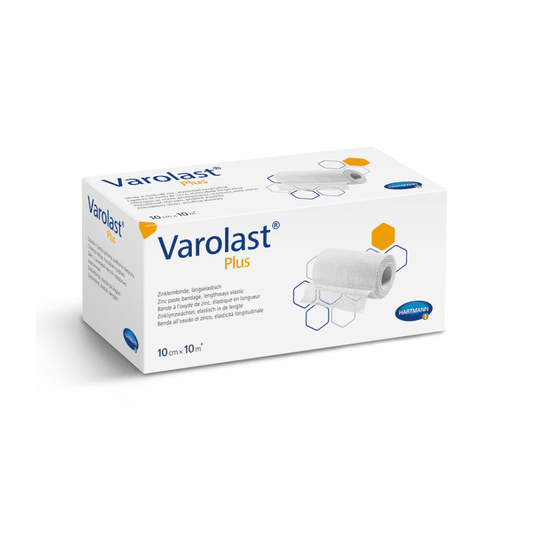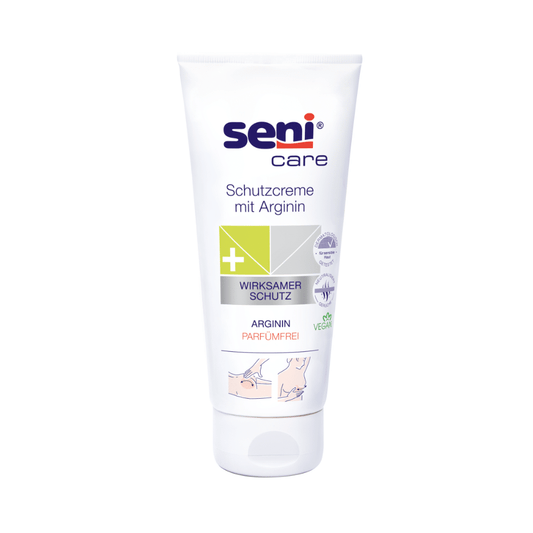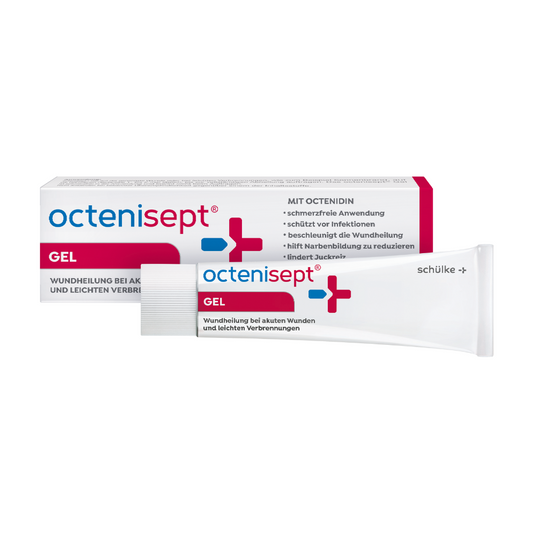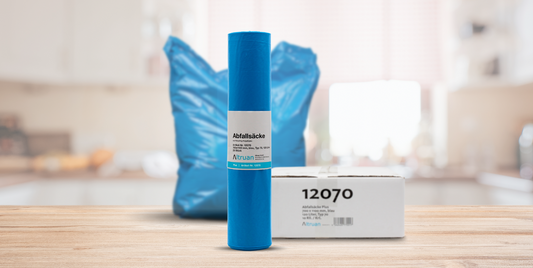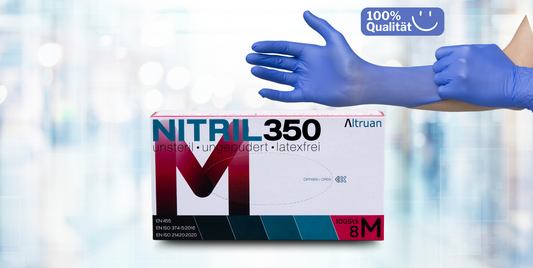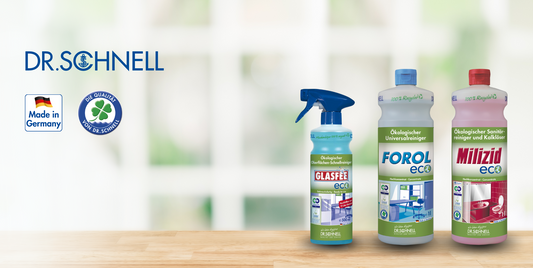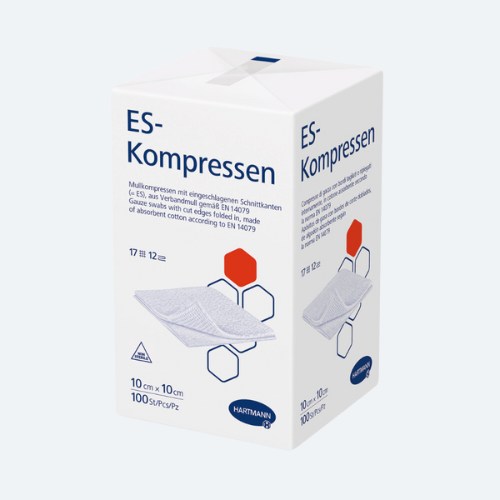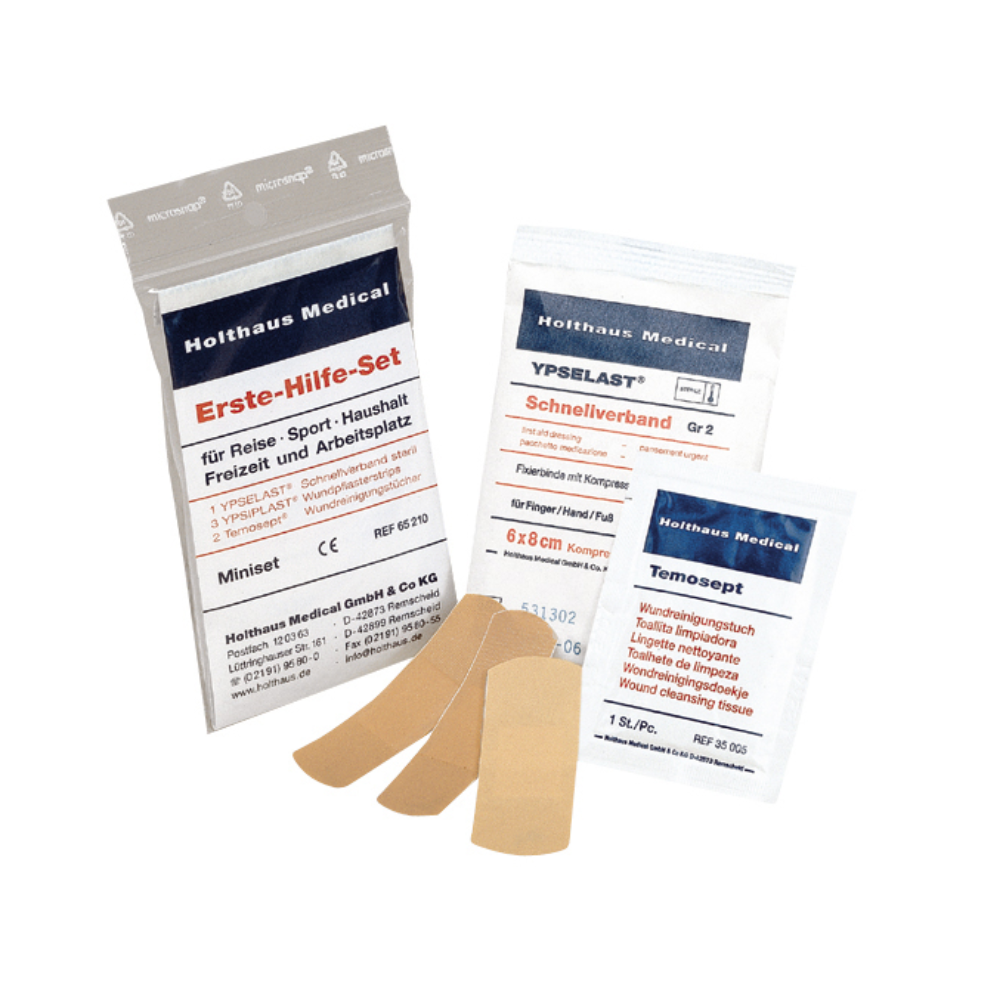Wound care
filter
Current offers
Schülke Octenisept® wound disinfection spray 50ml | Bottle (50 ml)
SKU: SM-121418-50
Hartmann es compresses different sizes, unsteril
SKU: HM-4018238
- Selected
- best -selling
- Alphabetical, A-Z
- Alphabetical, Z-A
- Price, low after high
- Price, high after low
- Date, old too new
- Date, new too old
- Selected
- best -selling
- Alphabetical, A-Z
- Alphabetical, Z-A
- Price, low after high
- Price, high after low
- Date, old too new
- Date, new too old
Schülke Octenisept® wound disinfection spray 50ml | Bottle (50 ml)
SKU: SM-121418-50
Hartmann es compresses different sizes, unsteril
SKU: HM-4018238
Hartmann es compresses different sizes, 8 times, sterile
SKU: HM-4017215
Hansaplast sensitive plaster - different sizes
SKU: HP-48698
Hartmann Varolast® plus zinklewilibinde
SKU: HM-9315827
Seni Care wound protection cream with arginine - 200 ml | Pack (1 piece)
SKU: SE-231-T200-32D
Schülke Octenisept® wound gel | Pack (1 piece)
SKU: SM-70002976-20
Popular categories
Buy products for every need in our wide range.
For every use and every need
Wound care
Buy high quality products for Wound care At Altruan.
What falls into the field of wound management?
In the area of wound management, all aids you need fall to provide a wound properly. From Es- and mull compresses, Associations, wound topics to cellulose swabs you can at Altruan.de Everything you need to buy wound disinfection and wound care. The Dermaplast® soft wound plaster Hartmann, for example, is ideal for wound closure after they have been disinfected. In addition to wound disinfection, a patch also protects the wound into the wound again before dirt or bacteria occur.
Wound patch and wound seam strips
A wound patch are best suited for small cuts or grazes. Most wound plasters come in a long piece which you can then cut appropriately for your needs. The integrated absorbent wound pillows in the middle of plasters ensure that no secretion can escape and also offer protection against painful touch with the wound.
Wound seam strips are suitable for the atraumatic closure of small wounds and surgical incisions in primarily healing wounds. They are also also to strain the wound edges and stabilize fresh scars. When applying, pay attention to dry and clean skin.
Wound To prevent pain and itching
Wound supports are there to prevent the leakage of secretions without drying out the wound, as this quickly leads to pain and itching in the patient. They also prevent the wound from being contaminated by the base by lint or that it remains gluing at the wound and can therefore only be removed painfully.
Wound topics are available for different areas of application.
The Grassolind® ointment compress Hartmann uses large-scale abrasions and cracks, mostly to keep the wound areas and wound edges.
Wound supports are also increasingly used in trauma wounds, chronic wounds and post-surgery wounds. The moist surface of wound drafts is intended to promote wound healing and prevent the drying out or criminal of the wound.
Infection despite disinfection - what now?
Now that is important to supply the wound every day. For them, that means cleaning the wound regularly, rinsing and the association or that Pavement to change.
If you have the feeling that the healing process fails to be completely out or the pain is continuously increasing, you should see a doctor immediately. If this is already an advanced infection or an emergency you can contact the patient service around the clock under number 116117 (without area code). This initially gives you information about your current options and refers it to the medical on -call duty if necessary.
Step by step instructions for the supply of a wound
1. Let the wound bleed
With the blood flow, the body cleans itself at the beginning. This is the body's cleaning process, so to speak. It is therefore important to let the wound bleed a little so that the germs that have already occurred can be rinsed out of the wound.
2. Hand disinfection
There are also bacteria and germs on their hands, as they should not enter the wound in the best case, they have to disinfect their own hands before wound disinfection. If she wanted to disinfect the wounds of another person, it is also recommended to use disposable gloves. For example, the Meditrade Vinyl 2000PF disposable glove is suitable for wound care for other people, which is latex -free and is ideal for the medical field due to its certifications.
3. Rinse the wound well with water
Due to the body's cleaning process, not all bacteria, germs or dirt items can be removed. In any case, you should rinse your wound with clear cold to lukewarm water before wound disinfection. It should be noted here that you pay attention to a gentle water jet, because too strong pressure could make your wound worse.
If necessary, there is also an option to clean your wound with a saline solution, as salt has a disinfectant effect.
4. Cleaning of the wound with Dab
If you can not remove the complete visible dirt by rinsing the wound with a clear water with a clear water, you should use the pulp swipper, swing gazette or gauntlet. With the help of Dab You can carefully and painlessly remove the last remaining visible dirt items. A distinction is made between sterile and immersilic dabs. At the Wound disinfection Immersile swabs are completely sufficient in the household.
5. Remove foreign bodies if available
If there is a foreign body in the wound, which you can remove yourself without danger, you can try to remove this trial with a blunt tweezers. When using a tweezers If it is also important to deal with it, as you do not want to damage your wound. If you are not sure whether you have completely removed the foreign body or you still have pain after wound disinfection, you should definitely see a doctor.
6. Wound disinfection
A wound disinfectant should not be used with pressure at the wound. We therefore recommend using a wound disinfection spray to finally protect your wound from microorganisms and new pathogens. After using a wound disinfection spray, a wound gel can help to form an additional protective wound layer. When using wound disinfection sprays, the disposable time of the respective products must be observed. These always have to be specified by the manufacturer and are usually on the packaging supplement or on the spray itself.
With the combination of the Schülke Octenisept® wound disinfection spray and the right wound gel, they are well equipped when it comes to wound disinfection and wound care.
7. Protection of the wound by a Pavement or Association
In the case of smaller wounds, it is enough if you attach a patch to additional protection of an open wound. In the event of larger wounds, you should have a bandage or one for wound closure compress attach.
Our top sellers of wound care
Discover our high -quality products for optimal wound care! Our wound disinfectants effectively remove germs and protect against infections. Complete your first aid equipment with sterile compresses, which ensure safe coverage of the wound and ensure quick healing.
For firm and reliable protection, use our skin -friendly pavement, which gently nestle with the skin and support the healing process. Rely on Altruan's products to effectively supply wounds and to be fit quickly!
Frequently asked questions:
What is sore supply?
Wound care denotes the medical care of injuries and wounds to promote healing and avoid infections.
Who needs wound care?
Anyone who has an injury or wound requires adequate wound care, regardless of age, gender or type of injury.
Why is wound care important?
Wound care is important to promote the healing of injuries, avoid infections and reduce the risk of complications
When should wound care be done?
Wound care should take place as soon as possible after an injury to achieve the best possible results. It is important to check wounds regularly and adjust the treatment if necessary.
How do you carry out simple wound care?
Clean the wound with water, wear one if necessary disinfectant solution on and cover the wound with one Sterile association or Pavementto prevent infection.















